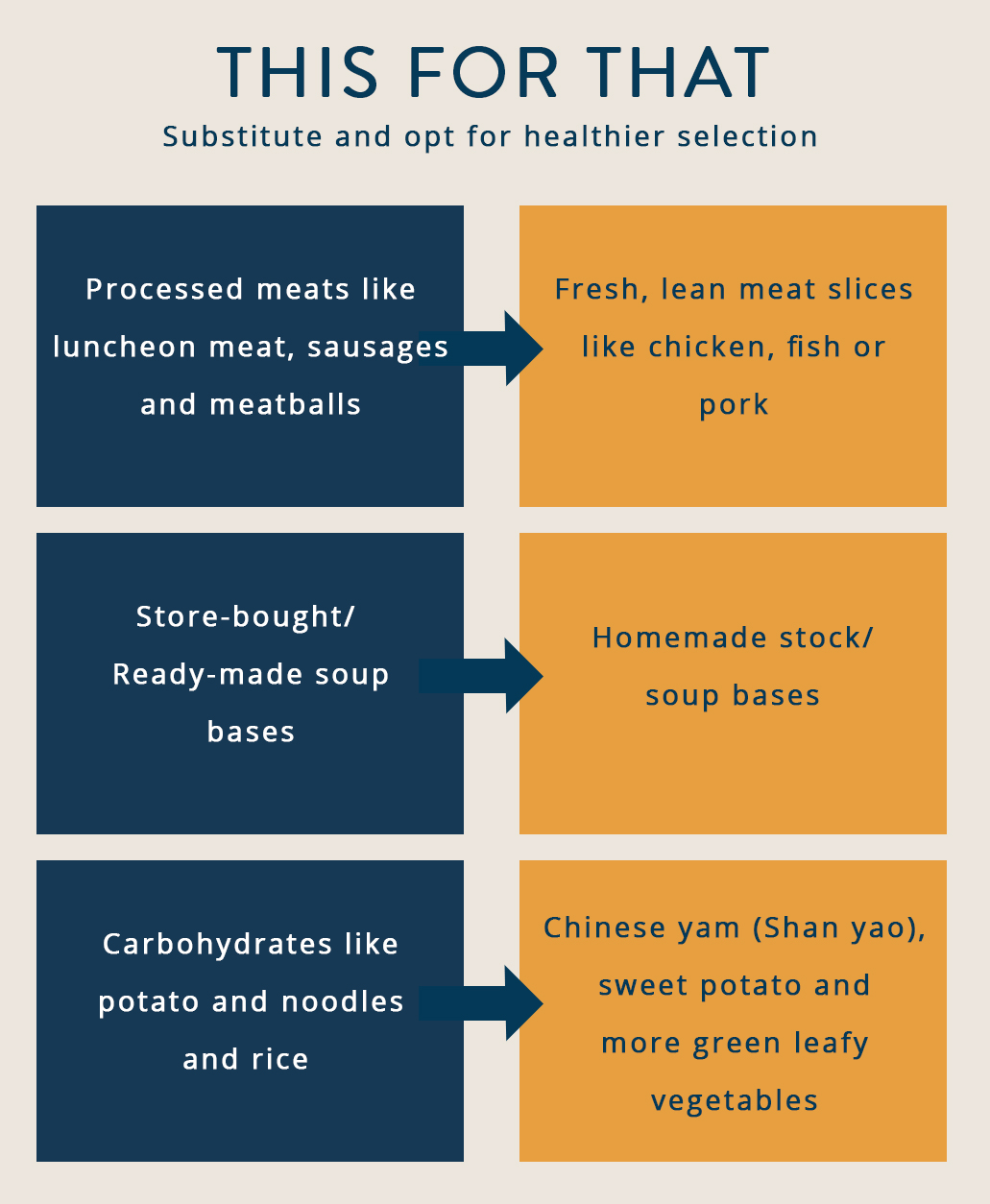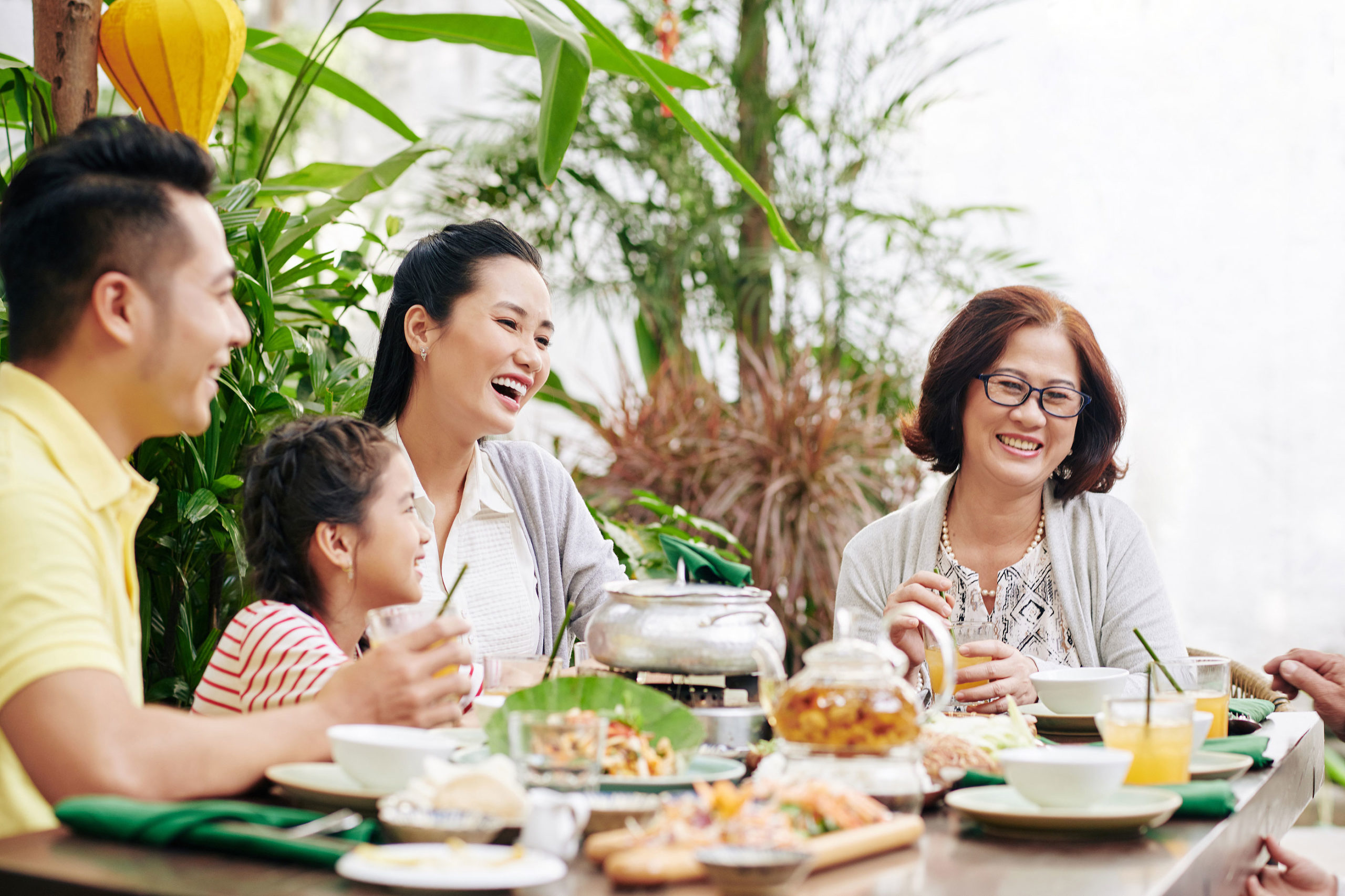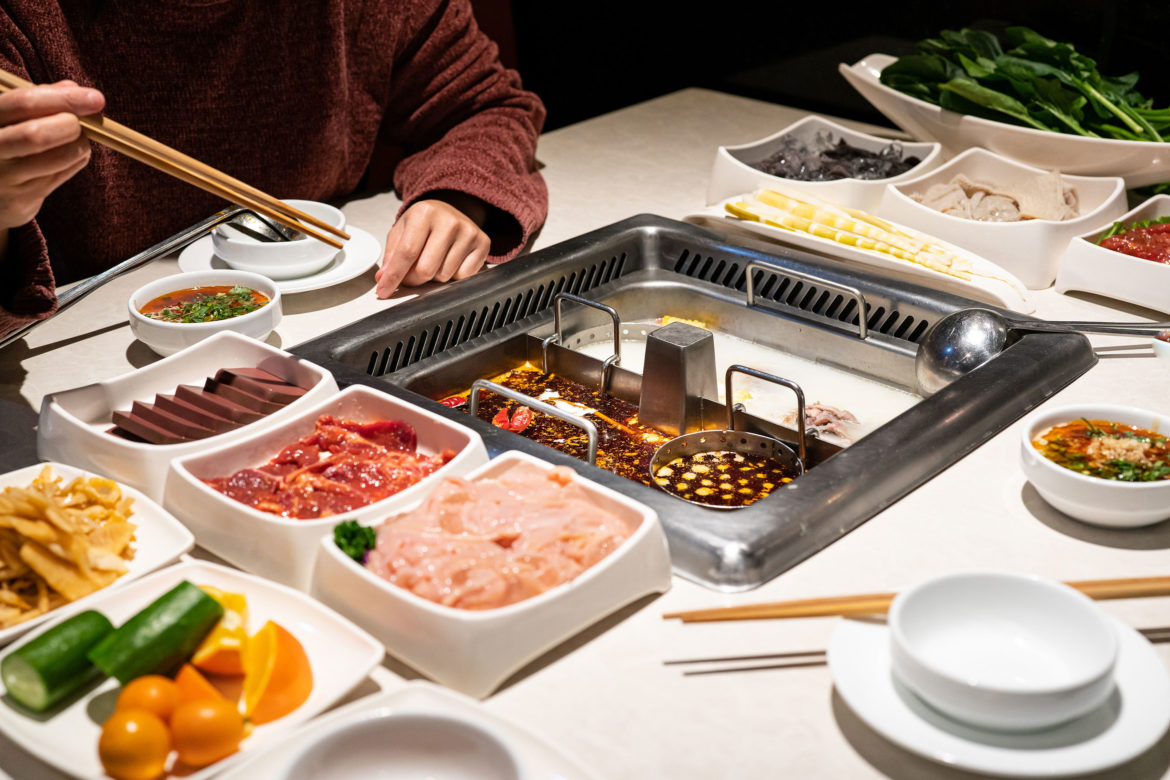Assembled with a pot of simmering hot broth and a table full of fresh delectable ingredients, steamboat, also known as hotpot (火锅) is a must-have dish at almost every reunion dinner. However, do you know that there are many ways to have this mouthwatering dish in a nutritious and healthy manner, yet not compromising on the flavour at the same time?
Chinese steamboat was thought to have hailed from Eastern China about more than 1000 years to the time of the Jin Dynasty. It was believed to originate from Mongolia whereby the Mongolian horsemen used their helmets as pots to boil their broths over a fire and enjoy a spread of different types of meat together. This warm and hearty dish brought many together and subsequently spread throughout China where different regions came up with their own versions that were brought forward even to this day.
This seemingly healthy popular Asian dish is however not as healthy as we may perceive it to be. According to a research in Mt. Alvernia Hospital, a dietician has found that conventional hotpot bases exceed 7000mg of sodium per serving, while the recommended amount of sodium that we should be consuming each day would be 1500mg. [1] Furthermore, we often add a variety of processed meat, such as meatballs, luncheon meat and sausages which are also high in sodium. The excessive intake of such food can potentially increase the risk of developing conditions such as high blood pressure, stroke and heart conditions as well.
Also read 👉🏻 Prevent And Treat The 3-Highs With TCM
Tips for a healthier steamboat
In Singapore, steamboat is widely enjoyed and loved by people of all ages. It is also consumed frequently, not only during reunion dinners during the Lunar New Year. Here are some useful tips to create a healthier steamboat meal that even the elderly and young ones can enjoy heartily without compromising on their health.

- Reduce intake of high-sodium food from processed meat and store-bought soup bases as a high intake of such food can potentially lead to health concerns such as high blood pressure, kidney conditions etc.
- Substitute heavy carbohydrates with green leafy vegetables or other healthier choices such as sweet potato, Chinese yam (Shan yao). A heavy carbohydrate diet is not ideal for individuals with chronic conditions such as diabetes and those who are trying to control their calorie intake. In addition, overeating also harms the Spleen, which can impede digestion and cause some harm to the digestive system.
It is important to know what you are putting into your body as TCM believes that diet plays an important role in helping to build up a person’s body constitution. A diet high in sodium and carbohydrates would bring about a series of health conditions such as high blood pressure, high cholesterol and high sugar levels that could lead to detrimental diseases in the long run.
⭐️ Pro-tip for Mala and Tomyum soup lovers: Try pairing your meal with Chrysanthemum Goji Berry tea or fresh mint honey tea instead of soda or alcoholic drinks.
Read more 👉🏻 Combat Festive Overeating With This Essential TCM Guide
3 Family-friendly TCM soup recipes to try this year

1. Qi and Blood nourishing soup base (养生补血锅底)
Ingredients:
- 1 Small free-range chicken
- 10g of Dang Gui 当归 (Angelica sinensis)
- 15g of Dang Shen 党参 (Codonopsis radix)
- 5 Red dates 红枣
- 2 Slices of Ginger 生姜片
Directions:
- Wash and drain all the dried herbs to remove any dirt before placing them in a teabag for easy removal.
- Place all ingredients in a large pot and add about 7 cups of water.
- Simmer under medium-low heat for about 1 hour and 30 minutes and remove the chicken when the meat is tender and fully cooked.
- Shred and set the chicken meat aside for adding to the steamboat.
2. Chicken soup base (鸡肉清汤火锅底)
Ingredients:
- Half a kampong chicken 土鸡半只
- 1 Carrot 胡萝卜
- 1 Fresh corn 玉米
- 2 Slices of Ginger 生姜片
- A pinch of salt 盐
- Spring onion as desired 葱
Directions:
- Place all ingredients in a large pot and add about 7 cups of water.
- Simmer under medium-low heat for about 1 hour and 30 minutes and remove the chicken when the meat is tender and fully cooked.
- Shred and set the chicken meat aside for adding to the steamboat.
- Add a pinch of salt and garnish with spring onion as desired.
3. Mushroom soup base (菌菇火锅汤底)
Ingredients:
- 25g Enokitake mushroom 金针菇
- 25g Shitake mushroom 冬菇
- 25g Pholiota nameko 滑子菇
- 2 Slices of Ginger 生姜
- 1.4kg Pork bones (try to pick the bones with more meat on them) 猪骨头
- Spring onion as desired 葱
- A pinch of salt 盐
Directions:
- Soak the pork bones in cold water for at least 1 hour to get rid of any excess grime and blood and drain the water.
- Place the bones in a large pot and add enough water to cover the bones, then boil for around 10 minutes before draining away all the water. Rinse the bones under cold water.
- In a large clean pot, place the pork bones, the mushroom and ginger slices and add about 7 cups of water. Leave it to simmer under medium-low heat for 1 hour and 30 minutes
- Towards the end add a pinch of salt and garnish with spring onions as desired.
—–
This article is written by Physician Julie (Oriental Remedies Group, Singapore), a registered TCM physician certified by the Traditional Chinese Medicine Practitioners Board (TCMPB).

Note: all words in Italics mentioned henceforth refer to the TCM organ system and not the anatomical organs/terms referenced in western medicine.
Disclaimer:
The content on this page is for information and educational purposes only. Such medical information may relate to disease, injury, drugs, and other treatments, medical devices, and/or health products. Medical information does not amount to advice, and if advice is needed an appropriate professional help should be sought. The disclaimer asserts that no warranties or representations are given in respect of the medical information and that the website operator should not be held liable if a user suffers any injury or loss after relying upon the medical information
References:
[1] https://mtalvernia.sg/education/how-much-sodium-is-in-my-hotpot/
[2]https://www.gadventures.com/blog/chinese-hot-pot-history-and-how-/.
[3]https://www.hsph.harvard.edu/nutritionsource/salt-and-sodium/

